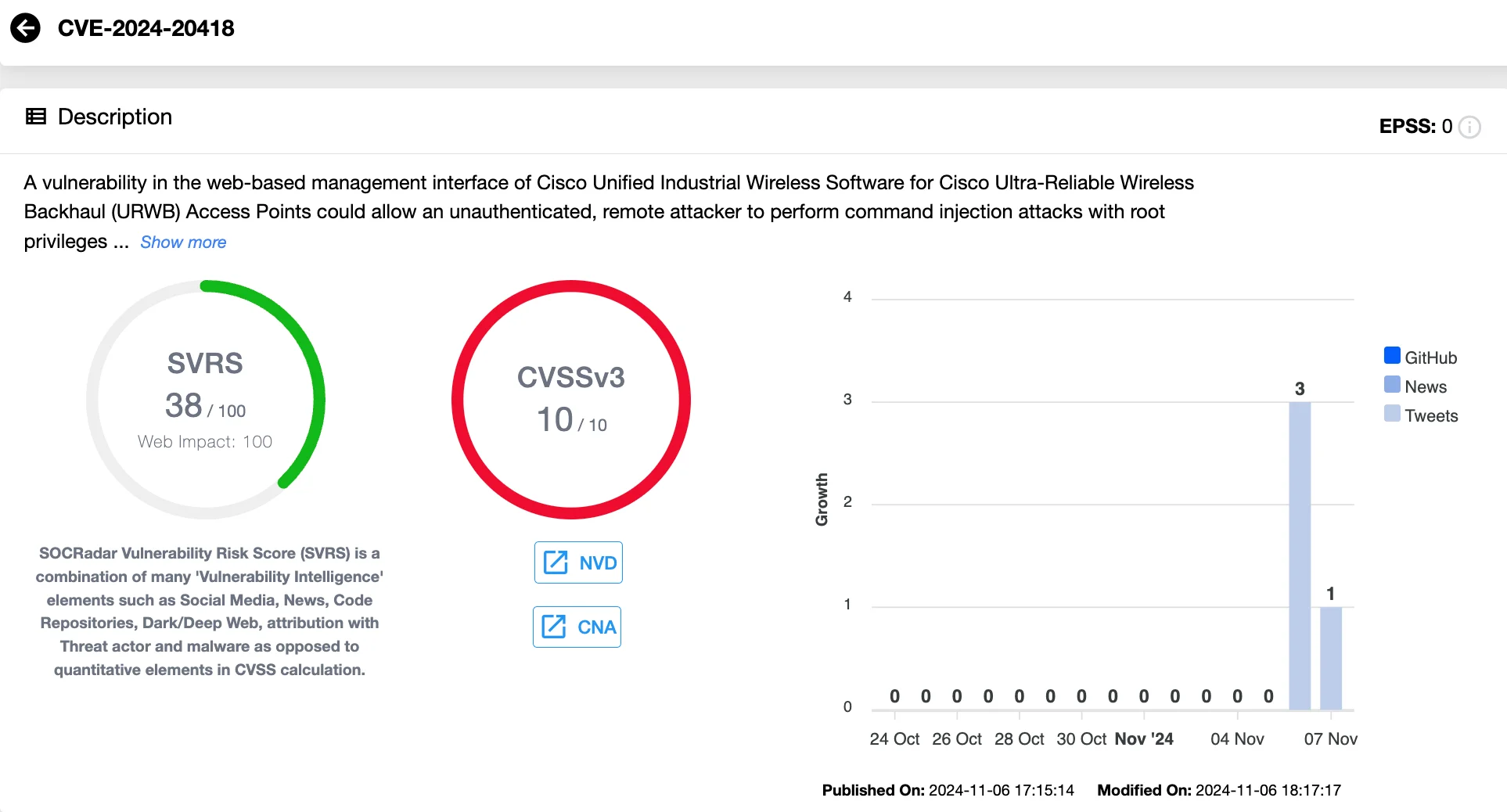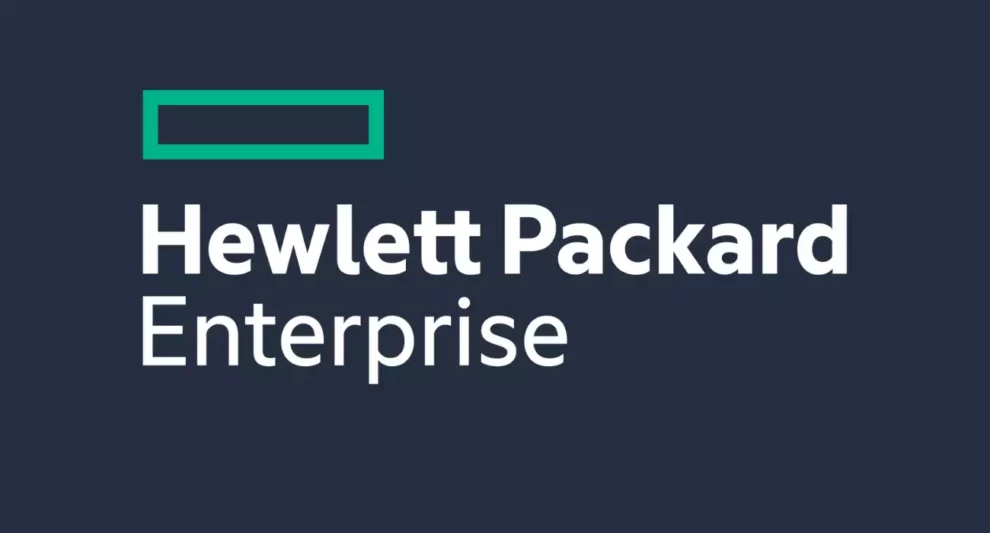Hewlett Packard Enterprise (HPE) has disclosed multiple serious security vulnerabilities affecting its Aruba Networking Access Points, including two critical flaws that could enable devastating cyberattacks. The announcement comes alongside the release of essential patches and detailed security advisories to address these significant security risks.
The most severe vulnerabilities, identified as CVE-2024-42509 and CVE-2024-47460, received high severity scores of 9.8 and 9.0 respectively. These critical flaws could be exploited through specially crafted packets targeting Aruba’s Access Point management protocol (PAPI), potentially allowing malicious actors to execute unauthorized remote commands and compromise network security.
The security advisory reveals a total of six vulnerabilities affecting multiple versions of the Instant AOS-8 and AOS-10 operating systems. Beyond the two critical flaws, four additional vulnerabilities have been identified: CVE-2024-47461, CVE-2024-47462, CVE-2024-47463, and CVE-2024-47464. These vulnerabilities collectively enable various malicious activities, including arbitrary file creation and unauthenticated command injection.
The impact of these vulnerabilities extends across multiple product versions, affecting AOS-10.4.x.x (10.4.1.4 and older), Instant AOS-8.12.x.x (8.12.0.2 and below), and Instant AOS-8.10.x.x (8.10.0.13 and older). HPE has responded by releasing updated versions for all affected systems, providing a comprehensive security fix for supported products.
For organizations unable to immediately implement the patches, HPE has outlined several temporary mitigation strategies. These include blocking access to UDP port 8211 from untrusted networks, implementing stricter access controls for management interfaces, and establishing enhanced firewall policies at layer 3 and above. These measures can help protect vulnerable systems while organizations prepare for full patch deployment.
The situation presents particular challenges for users of older, end-of-life products not covered by the current patches. In these cases, HPE strongly recommends upgrading to newer, supported models to ensure continued security coverage. This recommendation highlights the ongoing challenge organizations face in maintaining current hardware while managing security risks.
While there is currently no evidence of these vulnerabilities being exploited in the wild, the high severity ratings underscore the potential impact of successful attacks. The ability to execute remote commands without authentication poses a significant risk to network security and data integrity.
The discovery and disclosure of these vulnerabilities demonstrate the ongoing importance of security monitoring and patch management in network infrastructure. Organizations running HPE Aruba networking equipment are strongly advised to review their systems and implement the recommended updates or mitigation strategies promptly.
The patching process requires updating to specific versions based on the current system implementation: AOS-10.7.x.x users should upgrade to version 10.7.0.0 or later, AOS-10.4.x.x systems need to move to version 10.4.1.5 or later, Instant AOS-8.12.x.x requires version 8.12.0.3 or newer, and Instant AOS-8.10.x.x systems should update to version 8.10.0.14 or above.
This security incident serves as a reminder of the critical importance of maintaining current security patches and the potential risks associated with network infrastructure vulnerabilities. It also highlights the ongoing challenge of securing complex networking environments against evolving security threats.
The comprehensive response from HPE, including both immediate patches and temporary workarounds, provides organizations with flexible options for addressing these security concerns based on their specific circumstances and capabilities. This approach acknowledges the practical challenges many organizations face in implementing security updates while maintaining operational continuity.
As network security threats continue to evolve, this incident underscores the importance of proactive security measures and the need for organizations to maintain current, supported hardware and software solutions to protect against potential vulnerabilities.
















Add Comment